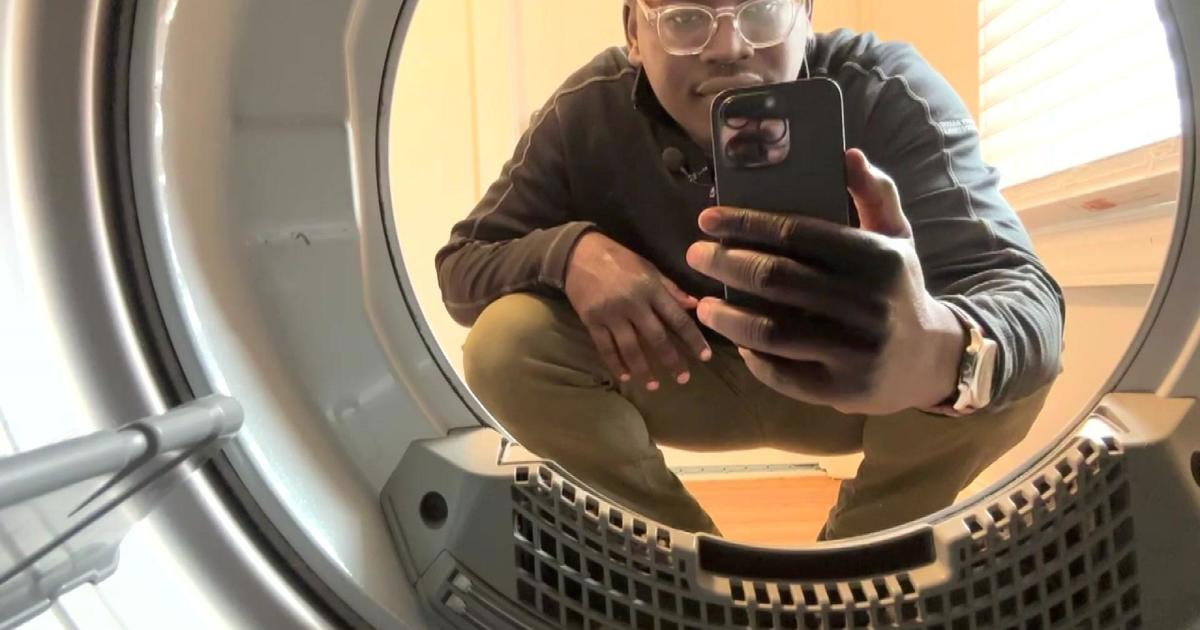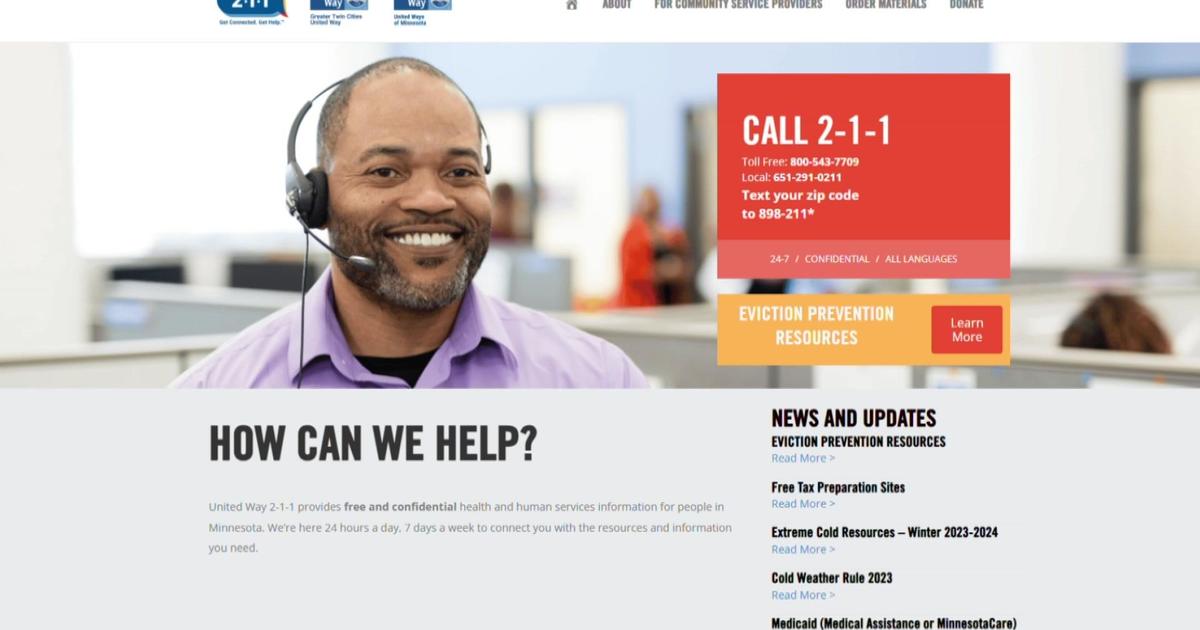Spinal Stenosis: A Look At Its Cause And Prevalence
MINNEAPOLIS (WCCO) -- Anybody who's suffered back pain (or from spinal stenosis) knows how debilitating it can be.
According to the Mayo Clinic, Gov. Mark Dayton's back surgery procedure Thursday involved fusing vertebrae that shifted out of alignment back together.
We went to the experts to find how Dayton and millions of others find relief from back pain.
A Common Condition
Back pain is a condition that doctors say is prevalent, and the most common cause of spinal stenosis is age.
According to Dr. Tenner Guillaume with the Twin Cities Spine Center, the discs in your back are like jelly-filled donuts.
"They are shock absorbers," he said. "With time, we lose some of that hydration in those discs."
The discs lose their structural strength, and the instability causes the bones to shift and can pinch off nerve roots in the lower spine. The result is throbbing pain.
"Pain that tends to radiate down into the legs, predominantly the buttox and the upper thighs, and that's exacerbated by standing and walking," Guillaume said.
Dayton turns 66 in a few weeks, and Guillaume says that's a fairly typical age for sufferers of spinal stenosis.
He also says while surgery for the condition is often effective, he recommends all other options first be tried.
"Surgery should always be the last option," he said. "Different measures that we use to try to treat it include things like physical therapy, we will use injections sometimes."
For those who suffer to a much lesser degree, Guillaume has some simple advice: (1) take a couple Aleve and (2) "If it hurts, don't do it."
If any of the symptoms above sound familiar to you, call your primary physician.



